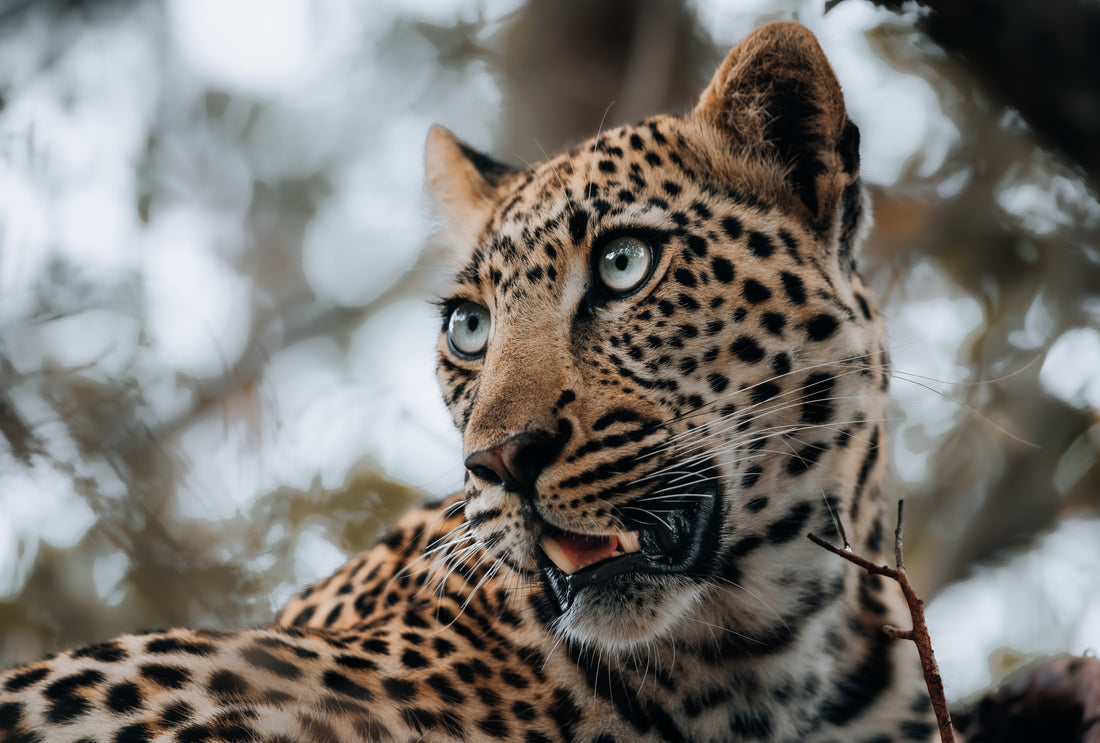Photographing leopards in the African bush is a thrilling pursuit that combines artistry with the unpredictability of wildlife. Known for their grace and elusive nature, leopards present unique challenges and opportunities for photographers. To capture stunning images, consider the following key factors.
1. Timing is Everything
Leopards are primarily nocturnal hunters, which makes the early morning and late afternoon the best times to photograph them. During these "golden hours," the soft, warm light enhances the richness of their spotted fur and the overall landscape. Aim to arrive at your location before sunrise to set up your equipment and be ready for action. Similarly, be prepared to stay out until dusk, as leopards may become more active as the sun sets. This timing not only improves the quality of your photos but also offers a greater chance of witnessing hunting behaviors.
2. Understand Leopard Behavior
To effectively photograph leopards, it’s crucial to understand their habits and behaviors. Leopards are solitary creatures and tend to be most active during twilight. They often rest in trees during the day, so knowing where they prefer to hide can be advantageous. Research their typical patterns, such as their feeding and mating behaviors. Familiarizing yourself with these aspects allows you to anticipate their movements, increasing the likelihood of capturing unique moments.
3. Choose the Right Equipment
Having the right gear is essential for successful wildlife photography. A camera with a fast shutter speed is ideal, as it allows you to freeze motion, which is particularly important when photographing leopards during active moments. A telephoto lens, ideally in the range of 200mm to 600mm, enables you to capture close-up shots without disturbing the animal. Additionally, consider using a tripod or monopod for stability, especially in low light conditions. Don’t forget extra batteries and memory cards, as long days in the bush can quickly drain your equipment.
4. Prioritize Safety and Ethics
Respect for wildlife and adherence to safety protocols are paramount. Always maintain a safe distance from the leopard; getting too close can be dangerous for both you and the animal. Follow the guidance of your guide or park authorities, and familiarize yourself with local regulations. Avoid sudden movements or loud noises, as these can startle the animal and ruin your chances of getting a good shot. Always prioritize the welfare of the wildlife you’re photographing.
5. Be Patient and Observant
Wildlife photography is often about patience. You may find yourself waiting for long periods with little action. However, the key is to remain vigilant and observant. Use this time to study the environment and anticipate the leopard’s next move. A moment of action could happen at any moment, whether it’s a leap from a tree or a stealthy stalk through the grass. Patience often leads to the most rewarding photographs.
6. Consider Composition and Background
While capturing the leopard itself is vital, don’t forget about composition and background elements. A cluttered or distracting background can detract from the beauty of your subject. Look for clean lines and contrasting colors to make your leopard stand out. Utilize techniques such as the rule of thirds to create balanced and dynamic compositions. Experiment with different angles and perspectives to add interest to your shots.
7. Stay Flexible and Adaptable
In the African bush, conditions can change rapidly. Weather, light, and animal behavior can all be unpredictable. Being flexible and adaptable in your approach will allow you to make the most of the situation. If the light changes or the leopard moves unexpectedly, be ready to adjust your settings and reposition yourself. Embrace the spontaneity of wildlife photography; some of the best shots come from unplanned moments.

